-
 Bitcoin
Bitcoin $79,525.3447
-3.96% -
 Ethereum
Ethereum $1,520.3005
-8.33% -
 Tether USDt
Tether USDt $0.9991
-0.07% -
 XRP
XRP $1.9633
-4.46% -
 BNB
BNB $576.3189
-1.12% -
 USDC
USDC $1.0000
0.01% -
 Solana
Solana $112.5824
-5.23% -
 Dogecoin
Dogecoin $0.1535
-4.78% -
 TRON
TRON $0.2364
-0.90% -
 Cardano
Cardano $0.6069
-4.48% -
 UNUS SED LEO
UNUS SED LEO $9.4088
0.23% -
 Chainlink
Chainlink $12.0344
-5.10% -
 Avalanche
Avalanche $18.2250
-1.28% -
 Toncoin
Toncoin $2.9122
-7.94% -
 Hedera
Hedera $0.1672
-1.11% -
 Stellar
Stellar $0.2293
-5.26% -
 Shiba Inu
Shiba Inu $0.0...01162
-2.75% -
 Sui
Sui $2.1003
-5.84% -
 MANTRA
MANTRA $6.4265
-5.34% -
 Bitcoin Cash
Bitcoin Cash $290.2807
-4.69% -
 Litecoin
Litecoin $73.6913
-3.15% -
 Polkadot
Polkadot $3.4618
-4.96% -
 Dai
Dai $0.9999
-0.02% -
 Ethena USDe
Ethena USDe $0.9986
-0.03% -
 Bitget Token
Bitget Token $4.1857
-1.84% -
 Hyperliquid
Hyperliquid $14.2975
4.41% -
 Pi
Pi $0.5894
-3.38% -
 Monero
Monero $200.7800
-1.19% -
 OKB
OKB $53.0508
-1.64% -
 Uniswap
Uniswap $5.0099
-7.23%
How to calculate CoinW leverage fees
To calculate leverage fees on CoinW, multiply the funding rate by the funding fee interval and the position size, then adjust the result for the employed leverage.
Nov 11, 2024 at 09:53 am

How to Calculate CoinW Leverage Fees
Leverage trading involves borrowing funds from a broker to amplify potential profits. When engaging in leverage trading on CoinW, it's crucial to understand how leverage fees are calculated to avoid unexpected expenses that could erode your returns. This comprehensive guide will provide a step-by-step explanation of the calculation process, ensuring you have a clear understanding of the fees associated with leverage trading on CoinW.
Step 1: Determine the Funding Rate
The funding rate is a periodic fee charged to maintain leveraged positions. It is calculated based on the difference between the spot market interest rate and the perpetual contract interest rate. A positive funding rate implies that long positions pay short positions, while a negative funding rate indicates the opposite. Traders can find the current funding rate for each trading pair on the CoinW trading interface.
Step 2: Calculate the Funding Fee Interval
The funding fee is charged at specific intervals, which vary depending on the trading pair. The interval is typically expressed in hours and can be found in the contract specifications section of the CoinW trading interface. For instance, the funding fee interval for BTC/USDT perpetual contracts is 8 hours.
Step 3: Determine the Position Size
The position size represents the notional value of the leveraged position held. It is calculated by multiplying the entry price of the position by the leverage employed. A leverage of 10x, for example, would multiply the position size by a factor of 10. Traders can determine the position size by reviewing their open positions in the CoinW trading account.
Step 4: Calculate the Funding Fee Amount
With the funding rate, funding fee interval, and position size determined, the funding fee amount can be calculated using the following formula:
Funding Fee Amount = Funding Rate x Funding Fee Interval x Position Size
For instance, if the funding rate is 0.01%, the funding fee interval is 8 hours, and the position size is $10,000 with a leverage of 10x, the daily funding fee would be calculated as follows:
Funding Fee Amount = 0.01% x 8 x $10,000 = $0.08
Step 5: Adjust for Leverage
The calculated funding fee amount must be adjusted for the employed leverage. This is because the funding fee is charged on the notional position size rather than the actual capital invested. For instance, a leverage of 10x would multiply the funding fee amount by a factor of 10.
Adjusted Funding Fee Amount = Funding Fee Amount x Leverage
Continuing the previous example, the daily funding fee for a position with 10x leverage would be:
Adjusted Funding Fee Amount = $0.08 x 10 = $0.80
Step 6: Determine the Funding Fee Currency
The funding fee is typically paid in the quote currency of the trading pair. For instance, if the trading pair is BTC/USDT, the funding fee would be paid in USDT. Traders can confirm the funding fee currency in the contract specifications section of the CoinW trading interface.
Step 7: Monitor and Manage Fees
Leverage fees can accumulate over time, especially for positions held over extended periods. It's essential to monitor the funding rate and adjust positions accordingly to minimize the impact of fees on profitability. Traders can use tools such as the CoinW trading interface to track funding rates and manage their positions effectively.
Disclaimer:info@kdj.com
The information provided is not trading advice. kdj.com does not assume any responsibility for any investments made based on the information provided in this article. Cryptocurrencies are highly volatile and it is highly recommended that you invest with caution after thorough research!
If you believe that the content used on this website infringes your copyright, please contact us immediately (info@kdj.com) and we will delete it promptly.
- Bitcoin and other cryptocurrencies have been extremely volatile
- 2025-04-11 06:55:12
- As Bitcoin Consolidates, These 5 Altcoins Are Poised to Explode in the Next Bull Market
- 2025-04-11 06:55:12
- Amid Ongoing Volatility, LINK Is Poised to Decline
- 2025-04-11 06:50:12
- SHIB whales shift focus as Lightchain AI's $18.9m presale and bold forecasts spark buzz
- 2025-04-11 06:50:12
- Gold Prices Reach New Record High Amid Escalating U.S.-China Trade Tensions
- 2025-04-11 06:45:12
- title: Binance Adds Support for New Bitcoin (BTC) Staking Protocol Babylon (BABY)
- 2025-04-11 06:45:12
Related knowledge
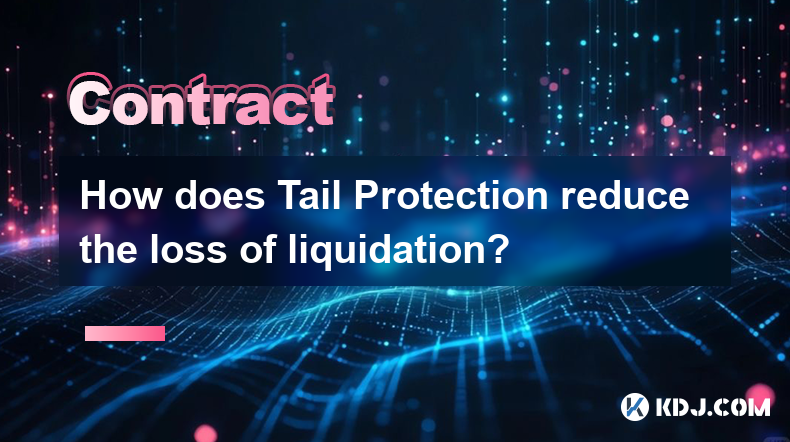
How does Tail Protection reduce the loss of liquidation?
Apr 11,2025 at 01:50am
Introduction to Tail Protection in CryptocurrencyTail Protection is a mechanism designed to mitigate the risks associated with liquidation in cryptocurrency trading. Liquidation occurs when a trader's position is forcibly closed by the exchange due to insufficient margin to cover potential losses. This often happens in leveraged trading, where traders b...

Why does a perpetual contract have no expiration date?
Apr 09,2025 at 08:43pm
Perpetual contracts, also known as perpetual futures or perpetual swaps, are a type of derivative product that has gained significant popularity in the cryptocurrency market. Unlike traditional futures contracts, which have a fixed expiration date, perpetual contracts do not expire. This unique feature raises the question: why does a perpetual contract ...
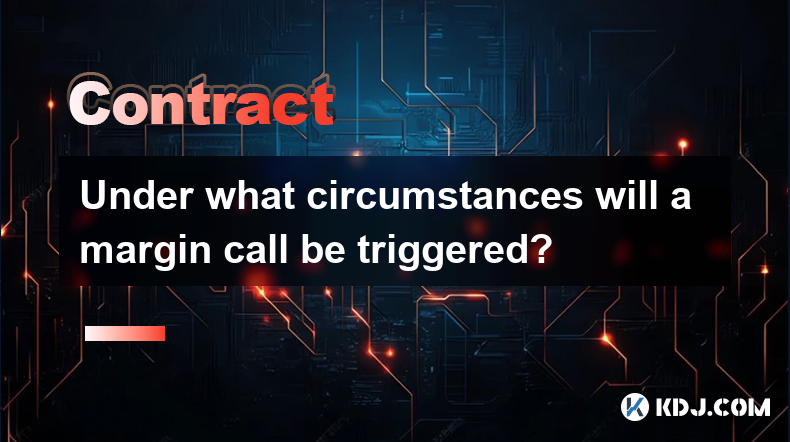
Under what circumstances will a margin call be triggered?
Apr 08,2025 at 02:43pm
Margin trading in the cryptocurrency market allows traders to borrow funds to increase their trading position, potentially amplifying both gains and losses. A critical aspect of margin trading is understanding when a margin call might be triggered, as it can significantly impact your trading strategy and financial health. In this article, we will explor...
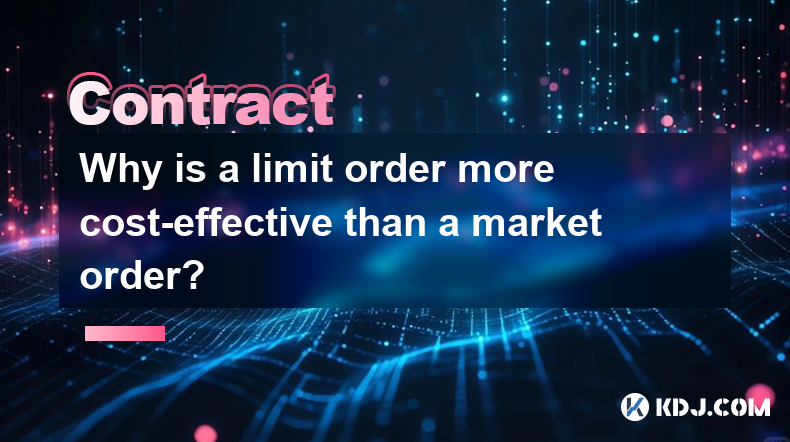
Why is a limit order more cost-effective than a market order?
Apr 10,2025 at 01:35pm
Why is a limit order more cost-effective than a market order? When trading cryptocurrencies, choosing the right type of order can significantly impact the cost-effectiveness of your transactions. Two common types of orders are limit orders and market orders. Understanding the differences between them can help you make more informed decisions and potenti...
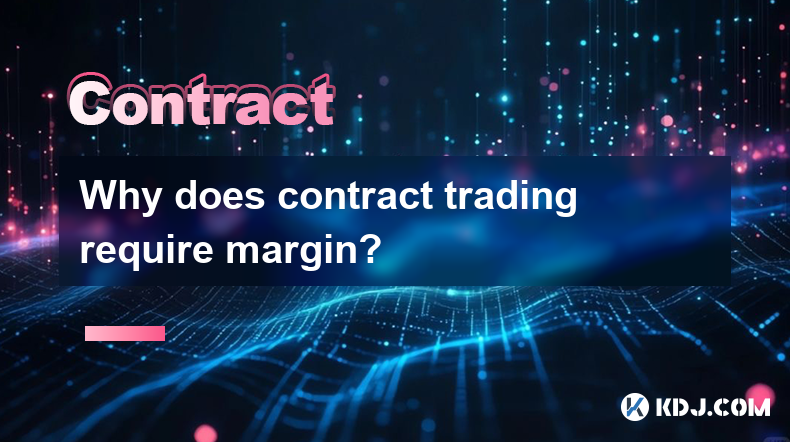
Why does contract trading require margin?
Apr 08,2025 at 02:07pm
Introduction to Contract TradingContract trading in the cryptocurrency market refers to the practice of trading futures or options contracts. These contracts allow traders to speculate on the future price of a cryptocurrency without actually owning the underlying asset. One of the key components of contract trading is the use of margin. Margin is essent...
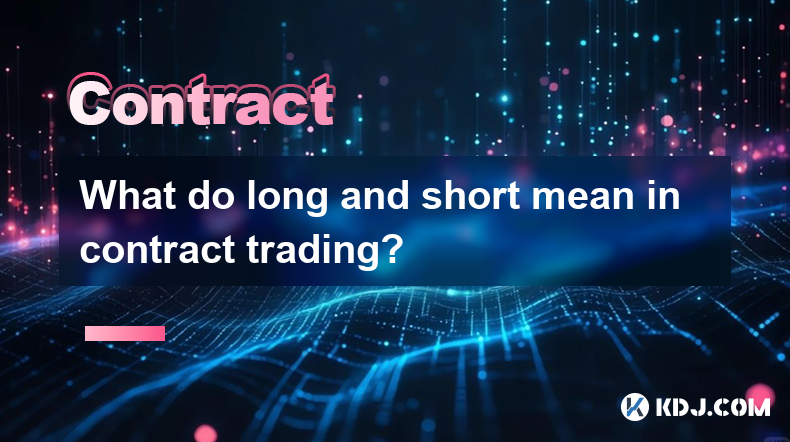
What do long and short mean in contract trading?
Apr 10,2025 at 06:42am
In the world of contract trading within the cryptocurrency circle, the terms 'long' and 'short' are fundamental concepts that every trader needs to understand. Long and short positions refer to the strategies traders use to bet on the future price movements of cryptocurrencies. When you take a long position, you are essentially betting that the price of...

How does Tail Protection reduce the loss of liquidation?
Apr 11,2025 at 01:50am
Introduction to Tail Protection in CryptocurrencyTail Protection is a mechanism designed to mitigate the risks associated with liquidation in cryptocurrency trading. Liquidation occurs when a trader's position is forcibly closed by the exchange due to insufficient margin to cover potential losses. This often happens in leveraged trading, where traders b...

Why does a perpetual contract have no expiration date?
Apr 09,2025 at 08:43pm
Perpetual contracts, also known as perpetual futures or perpetual swaps, are a type of derivative product that has gained significant popularity in the cryptocurrency market. Unlike traditional futures contracts, which have a fixed expiration date, perpetual contracts do not expire. This unique feature raises the question: why does a perpetual contract ...

Under what circumstances will a margin call be triggered?
Apr 08,2025 at 02:43pm
Margin trading in the cryptocurrency market allows traders to borrow funds to increase their trading position, potentially amplifying both gains and losses. A critical aspect of margin trading is understanding when a margin call might be triggered, as it can significantly impact your trading strategy and financial health. In this article, we will explor...

Why is a limit order more cost-effective than a market order?
Apr 10,2025 at 01:35pm
Why is a limit order more cost-effective than a market order? When trading cryptocurrencies, choosing the right type of order can significantly impact the cost-effectiveness of your transactions. Two common types of orders are limit orders and market orders. Understanding the differences between them can help you make more informed decisions and potenti...

Why does contract trading require margin?
Apr 08,2025 at 02:07pm
Introduction to Contract TradingContract trading in the cryptocurrency market refers to the practice of trading futures or options contracts. These contracts allow traders to speculate on the future price of a cryptocurrency without actually owning the underlying asset. One of the key components of contract trading is the use of margin. Margin is essent...

What do long and short mean in contract trading?
Apr 10,2025 at 06:42am
In the world of contract trading within the cryptocurrency circle, the terms 'long' and 'short' are fundamental concepts that every trader needs to understand. Long and short positions refer to the strategies traders use to bet on the future price movements of cryptocurrencies. When you take a long position, you are essentially betting that the price of...
See all articles




















![🐢Super Mario World Koopa Troopa 100% 96⭐️ + Coin [Ao Vivo] 🐢Super Mario World Koopa Troopa 100% 96⭐️ + Coin [Ao Vivo]](/uploads/2025/04/10/cryptocurrencies-news/videos/super-mario-koopa-troopa-coin-ao-vivo/image-1.webp)


































































